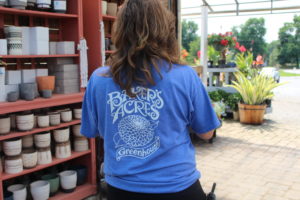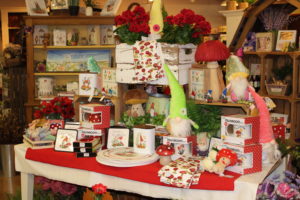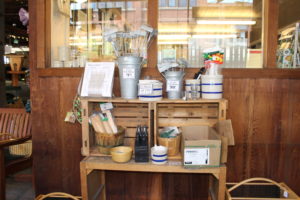Let Me Explain…
The Great Recession of 2008 brought about some dramatic changes within our industry, as well as others. One of those key changes in our industry was that competition was intensified, especially among retail outlets. Most of those outlets that survived did so because they decided to either (a) become the low-cost outlet or (b) differentiate their products, especially in the minds of their customers.
Why choose one of two roads? Offering low-priced products and differentiated products often at a higher price and profit margin are confounding to most customers. Stores really can’t have it both ways.
How did those retail outlets make the decision on which road to travel? Much of the information came from a careful examination of their own operations. As Malcom Gladwell said in “Outliers,” to become proficient or expert at something to master it an individual needs to spend 10,000 hours at his or her craft. To master the financial operations of any business, significant time should be dedicated to mastering the craft. How much time is your operation dedicating to mastering the finances, especially price?
Marketing Defined
The American Marketing Association defines marketing as, “an organization function and a set of processes for creating, communicating, and delivering value to customers and for managing customer relationships in ways that benefit the organization and stakeholders.” The central or key word in that definition is value. That is the word on which we should be focused as we set price. Because in American culture, price is how we assign value.
When buyer and seller agree on price you will sell that to me at $x and I agree to buy that from you for $x we both agree on value. If you want more or I won’t pay as much as you are asking, then we don’t agree on the value of that product.
This is where the real art of pricing comes into play. If the customer sees more value in our product (or service, or bundle of product + service) and we price it too low, we leave money on the table and quickly run out of inventory because so many people are willing to pay a lower price to get what they see as great value. If we price it too high, we hold on to that inventory for a long time and don’t recover cost or generate profit. The art of pricing is realizing how high to price it profitably and when it is too high to generate enough sales and profit.
Value Recognized
When do we recognize value? This is the central question to pricing. Value isn’t only in the eyes of the seller; it is also in the eyes of the buyer. When buyers see a difference in a product and they are willing to pay the price, then we have a higher value. If the buyer isn’t willing to pay the higher price, then s/he doesn’t value that product as much as we do.
More often, we price our products too low and under value what we sell. We place price on the cost of the product alone. Cost is one input to price, but should not be the only one. The value of the product may be worth more than two, three, or five times the cost. Using a standard mark-up on cost is a step to establish price.
But what if some products are worth more? Why do we price them all the same?
Few things frustrate me more than seeing price by container. Yes, container size is one indication of the value of a plant, but are all _______ worth the same price? (Fill in the blank with your favorite item, e.g. petunia, poinsettia, palm, portulaca, pine or primula.)
Yet, when we price by container, we are saying all of the value comes from below the soil line. Why? The real value is above that soil line and some people are willing to pay a premium for what’s above the top of the pot.
What are they willing to pay for? Things that are different. When we differentiate our products, they are worth more and are less like the competitors. Whether larger (or smaller) in size, a new color, new cultivar, disease or insect resistant or simply more desirable (such as a hot color) differences can create value.
Pricing, like plant production, is part science and part art. When we try to treat pricing as a mere formula, we miss the opportunity to profit from the differences we work so hard to create. We want to have better plants than our competitors. Some of our customers agree that we create those differences. Why shouldn’t we profit from some of that effort?

















 Videos
Videos





